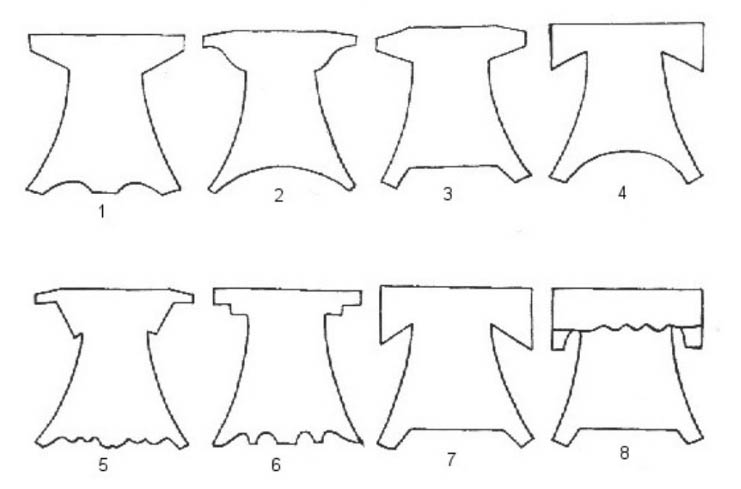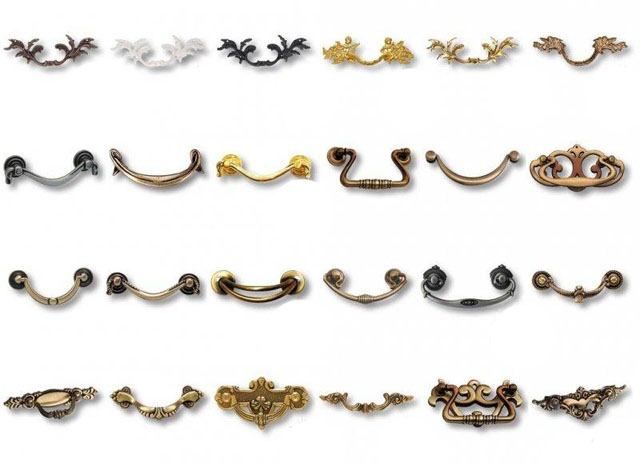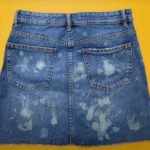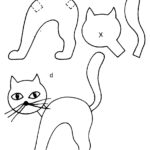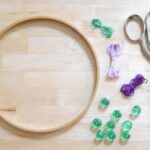Suknie indiańskie
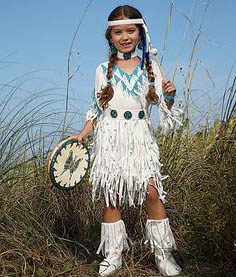
Najbardziej znane stroje indiańskie pochodzą ze rejonu Wielkich Równin: długie, bogato zdobione koralikami suknie kobiet i wielkie majestatyczne pióropusze oraz ich ozdobione koralikami i mnóstwem frędzli koszule i legginy. Stroje te dla większości ludzi na świecie stanowią wzór indiańskiego ubioru, jednak dawniej znaczna większość Indian nigdy tak się nie ubierała.
Ubrania robiono z miękko garbowanej skóry jelenia lub łosia. Garbowały je przeważnie kobiety zbierając się dla wspólnej pracy w grupy: bawiły się przy tym i plotkowały.
Suknie Indianek z Równin były najczęściej wykonywane z miękko garbowanej skóry łosia. Uszycie takiej sukni nie było skomplikowane. Dwie duże skóry przykładano do siebie ogonami do góry i zszywano razem w najszerszym miejscu zostawiając otwór na głowę oraz na bokach. Dziurki robiono kościanym szydłem, a w powstałe w ten sposób otwory przetykano ścięgno lub rzemień i wiązano. Wielkość sukni zależała od doboru odpowiednich, większych lub mniejszych skór. Nie obcinano żadnego kawałka. Wystające części, brzeg skóry na dole sukni i na rękawach cięto we frędzle. Krój powstawał z naturalnego kształtu skory, z małymi tylko zmianami w zależności od plemienia i indywidualnego gustu. Zazwyczaj suknie te sięgały do kostek. Dopiero w późniejszych czasach zaczęto je robić do łydek, a niekiedy nawet do kolan. Suknie ozdabiano kolcami jeżozwierza, malowanymi kawałkami skór oraz wielka ilością frędzli.
Wśród plemion Równin nowa kultura białego człowieka miała duży wpływ na dekorację i materiał używany do szycia, ale nie miała wpływu na całokształt charakterystycznych cech sukien z tego regionu. Szklane koraliki wyparły kolce jeżozwierza, choć jeszcze długo można je buło spotkać obok siebie. Do dekorowania używano też różnego rodzaju metalowych blaszek i dzwonków. Coraz częściej zastępowano też skórę materiałem. Zaczęto używać bawełnianych nici i metalowych igieł, a pod koniec XIX wieku pojawiły się maszyny do szycia, które co po niektórzy bogatsi Indianie kupowali.
Obecnie codzienne ubranie współczesnych Indianek niczym nie różni się od ubioru innych kobiet w Ameryce, czy Europie. Jedynie przy szczególnych okazjach jak np. Pow-Wow zakładają swe tradycyjne stroje, które coraz częściej wykonywane są w starym stylu ze skóry.
WYKROJE SUKIENEK
SUKNIE (STARY STYL)
POTRZEBNE MATERIAŁY
– 2 długie irchy (z jelenia lub łosia najlepiej o naturalnych kształtach zwierzęcia),
– ścięgna lub mocne nici do zszycia,
– ozdoby dodatkowe: quill, koraliki do wykonania ozdób, farby do pomalowania,
WYKONANIE
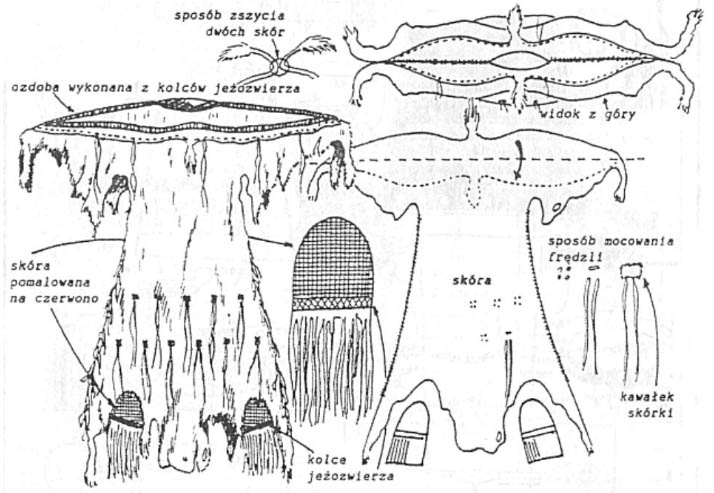
Suknie z 2 kawałków skóry są dosyć proste do wykonania i bardzo naturalne. Ze względu jednak na to że ciężko dostać długą irchę, oraz taką, która ma naturalne kształty większość dziewczyn (za wyjątkiem kilku miłośniczek stylu old-time 🙂 nie podejmuje się zrobienia takich sukienek.
Aby wykonać taką sukienkę należy złożyć dwa kawałki irchy częścią dolną zwierzęcia do siebie i zszyć na ramionach. Dokładnie widać to na rysunku u dołu. Następnie doszywamy dodatkowe patki u dołu sukienki tak aby zakryć dziury wynikłe z naturalnego kształtu skóry. Patki te były półokrągłe lub prostokątne i były wykonane zwykle ze skóry pomalowanej na czerwono. Kolejną rzeczą jest zrobienie frędzli z przodu i z tyłu sukienki (metoda jest na rysunku) oraz zapięć z boku. W tym celu przekładamy sukienkę przez głowę i zaznaczamy miejsca gdzie będzie ona związana z boków. Sukienka powinna w miarę przylegać do ciała ale nie tak żeby krępowała ruchy. Ostatnie zapięcie robimy tuz powyżej kolana. Boki, dół i rękawy sukienki tniemy na krótkie frędzle.
I już mamy gotową sukienkę w stanie tzw., surowym – tzn. bez zdobień. Takie właśnie sukienki nosiły Indianki na co dzień. Sprawa wykonania zdobień z koralików jest bardzo indywidualna i wymaga konsultacji z osobą, która jest fachowcem w sprawie rękodzieła konkretnego plemienia.
SUKNIE ZE SKÓRY
POTRZEBNE MATERIAŁY
– 3 płaty skóry wyprawionej na miękko (biała z jelenia lub łosia o naturalnych kształtach zwierzęcia),
– ścięgna lub mocne nici do zszycia,
– ozdoby dodatkowe: koraliki, dzwonki, jingle (można zrobić samemu z blaszki),
– farby do pomalowania, flanela
WYKONANIE
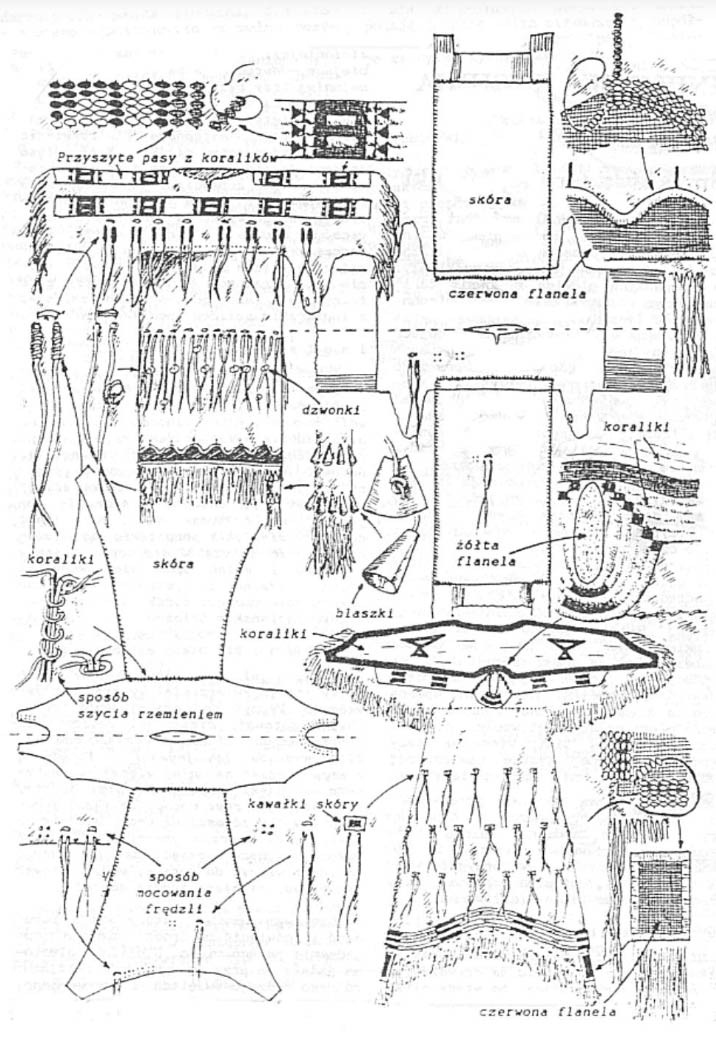
Wykonanie sukienki z 3 części jest dosyć skomplikowane ale nie niewykonalne 🙂 W porównaniu z suknią dwuczęściową ta wygląda dużo bardziej imponująco ze względu na miejscami, zwłaszcza przy rękawach bardzo długie frędzle.
Najpierw zajmiemy się górna częścią, a więc karczkiem. Należy skórę złożyć na pół (dłuższym bokiem) i wyznaczyć środek. następnie wycinamy otwór na głowę ale nie za duży. Dalej wyrównujemy dół karczka tak abyśmy mogli przyszyć pozostałe kawałki skóry. Karczek możemy przełożyć przez głowę i przymierzyć pozostałe 2 skóry. Możemy je od razu wyprofilować i zaznaczyć miejsca do odcięcia z boku. Przyszywamy najpierw skórę do karczka z przodu i z tyłu. Możemy to zrobić ścięgnami lub mocnymi nićmi lub rzemykiem z irchy. Ponownie przymierzamy sukienkę. Teraz musimy zszyć boki. Można je uciąć tak aby zszyć obie skóry na styk – wówczas nie będzie frędzli z boku lub zostawić większe boki i spiąć sukienkę rzemykami mniej więcej co 10cm a to co zostanie z boku pociąć na frędzle. Frędzle nie powinny być dłuższe z boku niż 10 cm i można je pociąć pod kątem ostrym do sukienki aby bardzo nie odstawały. Następnie musimy odpowiednio przyciąć dół sukienki aby skóra nie włóczyła się po ziemi. Maksymalnie sukienka powinna sięgać do kostek. Można już wyprofilować dół sukienki zgodnie z kształtem ulubionego plemienia (rysunek na samym dole). Teraz przystępujemy do cięcia frędzli. U dołu nie więcej jak 10cm. Na karczku najpierw rysujemy ołówkiem kształt odpowiedni dla określonego plemienia (rysunek na samym dole). Najlepiej zaznaczyć na karczku miejsce gdzie jest nadgarstek przy wyciągniętych rękach i narysować kształt do boku sukienki. Wszystko co wystaje poza ten kształt tniemy na frędzle. Uwaga: w niektórych miejscach frędzle mogą osiągnąć ponad pół metra – wiąże się to z tym, że podczas cięcia frędzli ircha dosyć mocno się naciąga. Frędzle nie mogą być zbyt cienkie, bo się będą później urywać. Optymalna szerokość frędzla to ok. 3-5mm. Najlepiej do tego celu kupić lub pożyczyć bardzo ostre nożyczki!
Po wykonaniu sukienki w stanie surowym możemy przystąpić do wykonywania ozdób. Większość drobnych ozdób pokazuje poniższy rysunek. Sprawa wykonania zdobień z koralików jest bardzo indywidualna i wymaga konsultacji z osobą, która jest fachowcem w sprawie rękodzieła konkretnego plemienia.
SUKNIE Z SUKNA LUB FLANELI
POTRZEBNE MATERIAŁY
– sukno – 2 kolory (można kupić w sklepie z materiałami jako wełna 100% – na sukienkę potrzeba 2x wysokość od ramion do połowy łydek) lub flanela (uwaga: czasami flanelę sprzedaje się o szerokości 90cm – z takiej ciężko jest uszyć sukienkę!),
– tasiemka bawełniana (do obszycia otworu na głowę można kupić tasiemkę z tzw. koła aby łatwiej było obszyć dookoła),
– dodatkowe ozdoby: muszelki cowrie (można np. kupić w sklepach z muszlami takie podstawki z tych muszli – ich zaletą jest to że mają już przewiercone dziurki, a najłatwiej kupić te muszle nad morzem)
WYKONANIE
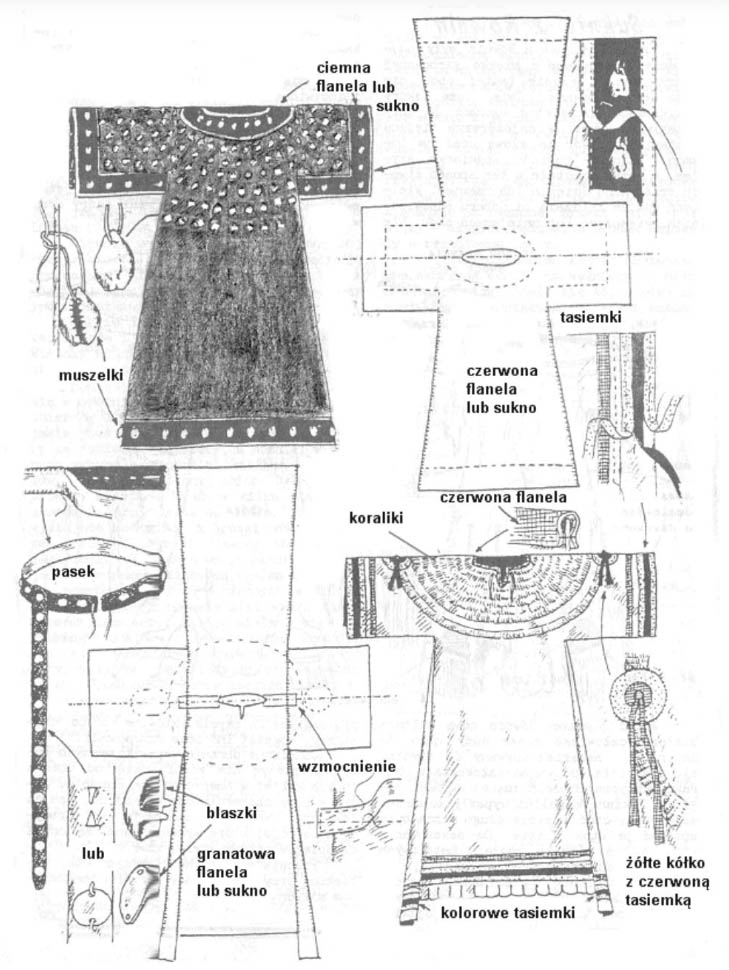
Wykonanie sukienek tego typu jest banalnie proste. Oczywiście do tego celu najlepiej użyć maszyny do szycia! Kwestia materiału: w dawnych czasach Indianki robiły takie sukienki z calico – był to materiał identyczny jak nasza bawełna. Calico można poznać po tym że ma tłoczony wzór – tzn. z jednej strony materiału jest wzór, a z drugiej materiał jest prawie biały. Można zimitować calico kupując 100% bawełnę, która ma natłoczony wzór jednak coraz rzadziej można spotkać w sklepie taką bawełnę. Dodatkowo wzory na calico były bardzo specyficzne. Przeważnie były to drobne kwiatuszki lub inne drobne wzorki albo różnego rodzaju paski. Czasami na strychu można wygrzebać jakąś starą sukienkę babci z bawełny w drobne kwiatuszki – wówczas z powodzeniem można ją przerobić na indiańską sukienkę.
Innym substytutem na sukienkę może być jednolita flanela, którą niestety też coraz trudniej dostać.
Najczęściej jednak sukienki te robiono z sukna (bardzo specyficznego). Sukno takie można nabyć za granicą jednak jego cena jest odstraszająca. Sukno to z powodzeniem możemy zastąpić 100% wełną.
Poniższy rysunek przedstawia wykrój i sposób ozdobienia takich sukienek. Myślę że komentarz do tego rysunku jest zbędny. Warto zrobić 2 sukienki. Jedną z bawełny (idealna na upalne dni na zlocie :), a drugą z sukna (lub irchy) (na chłodne wieczory na zlocie 🙂
CHARAKTERYSTYCZNE KSZTAŁTY SUKIENEK W POSZCZEGÓLNYCH PLEMIONACH
1. Blackfoot 2. Lakota 3. Czejenowie 4. Szoszoni 5. Crow 6. Ute 7. Arapaho 8. Kiowa
